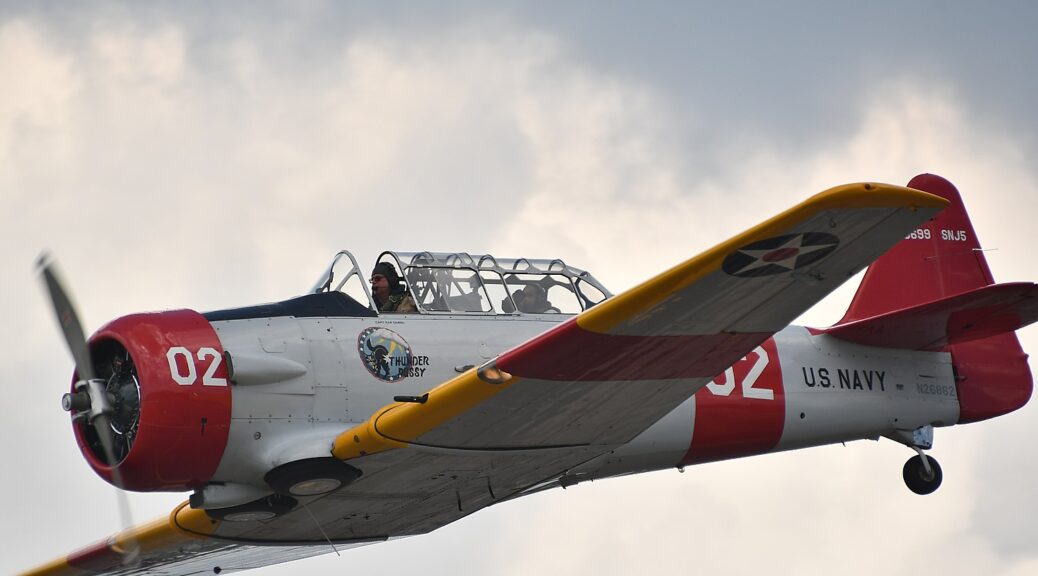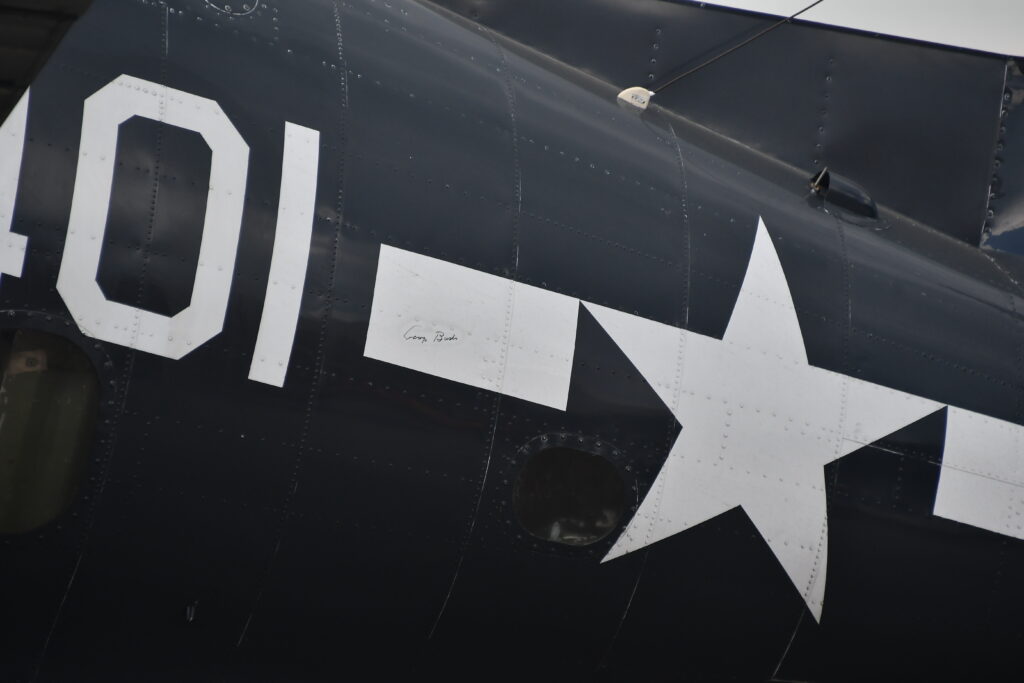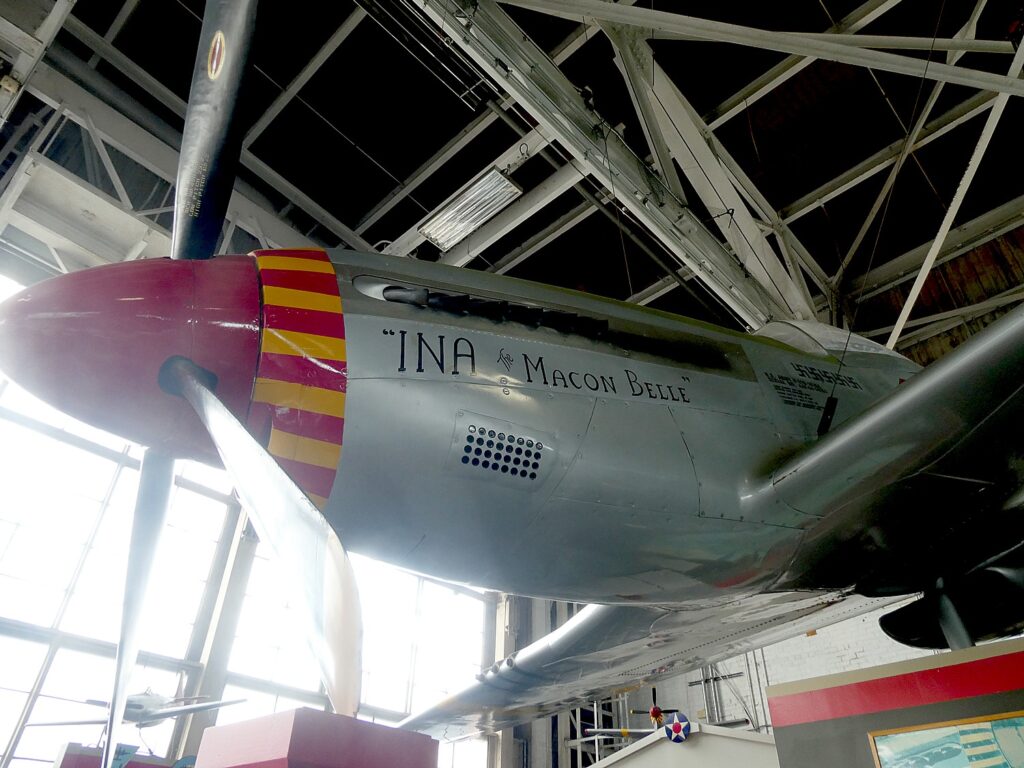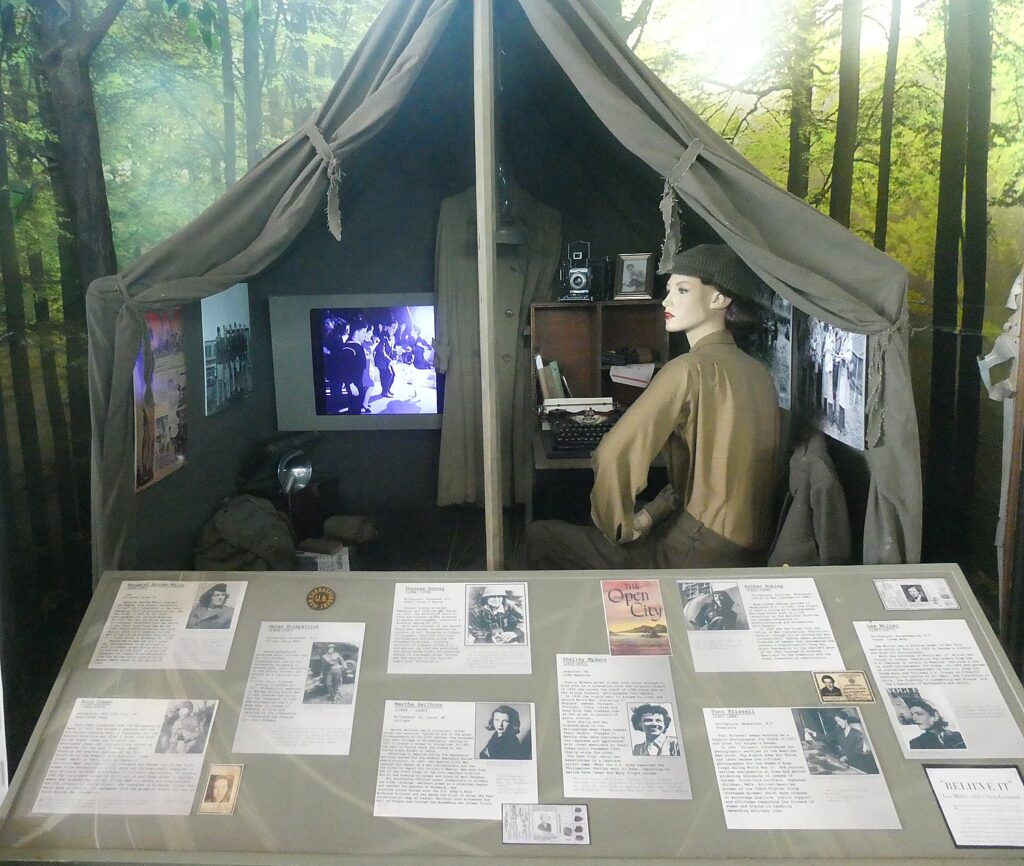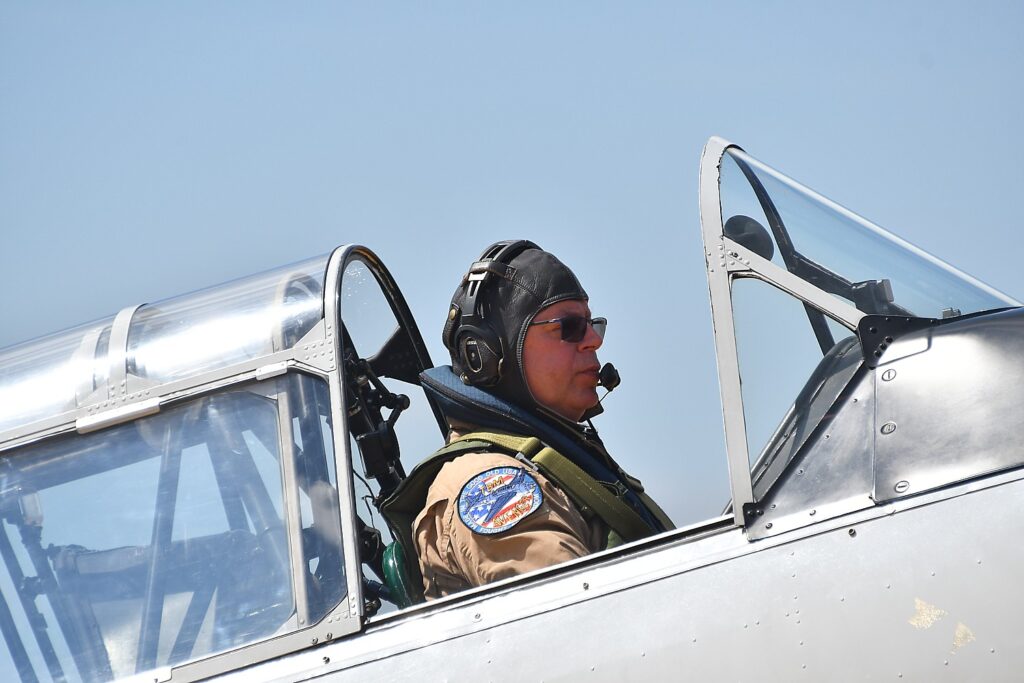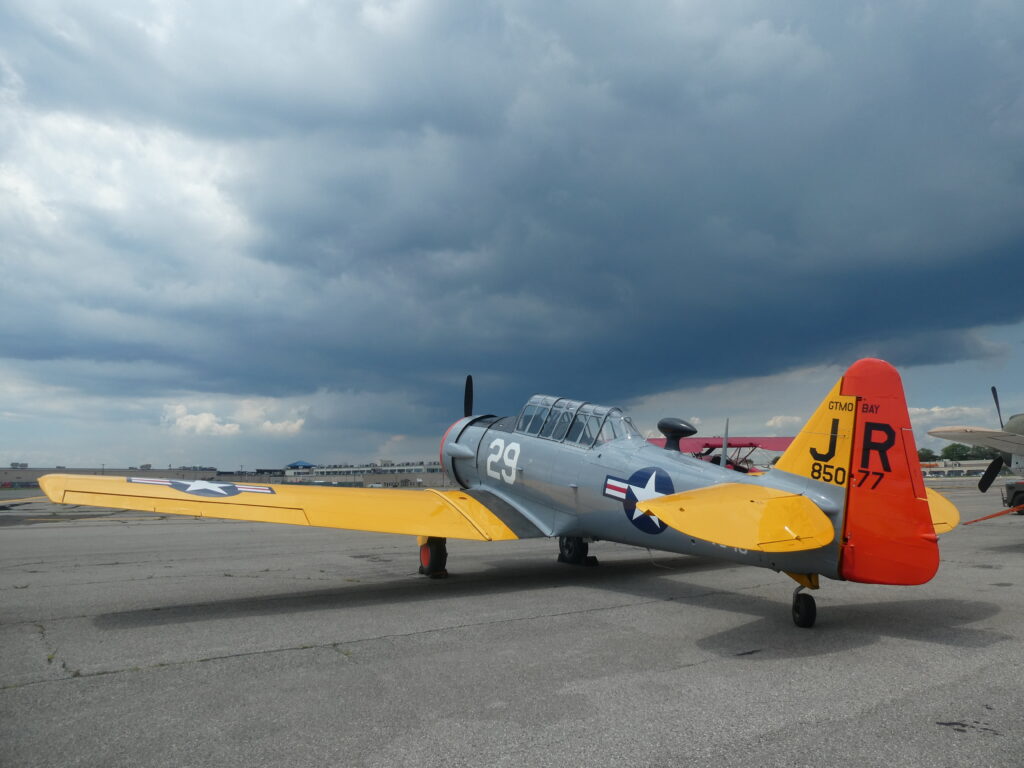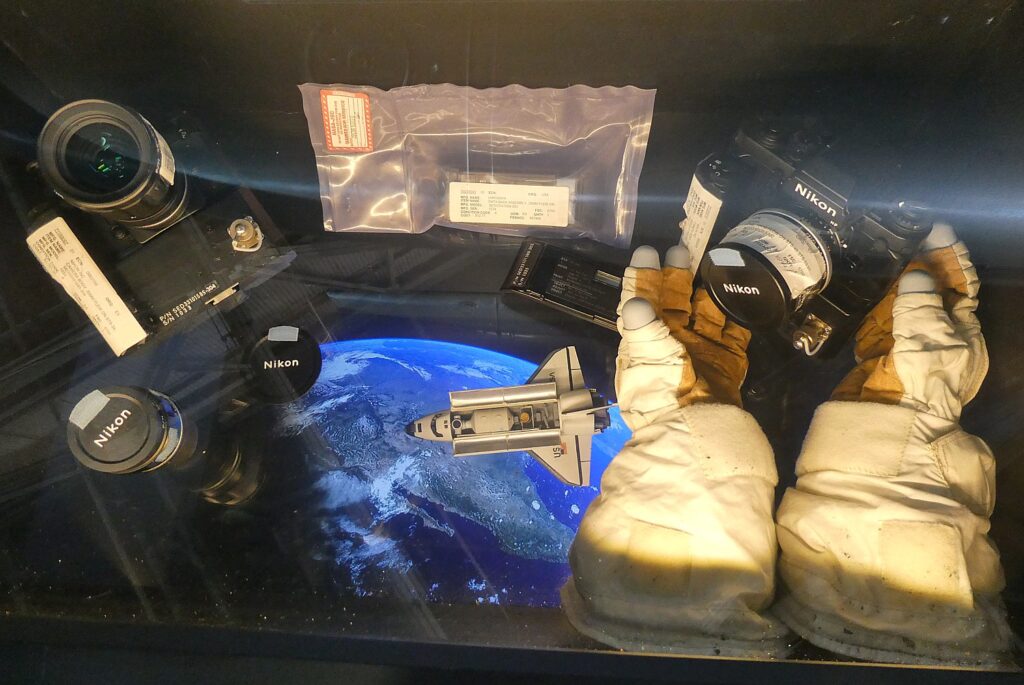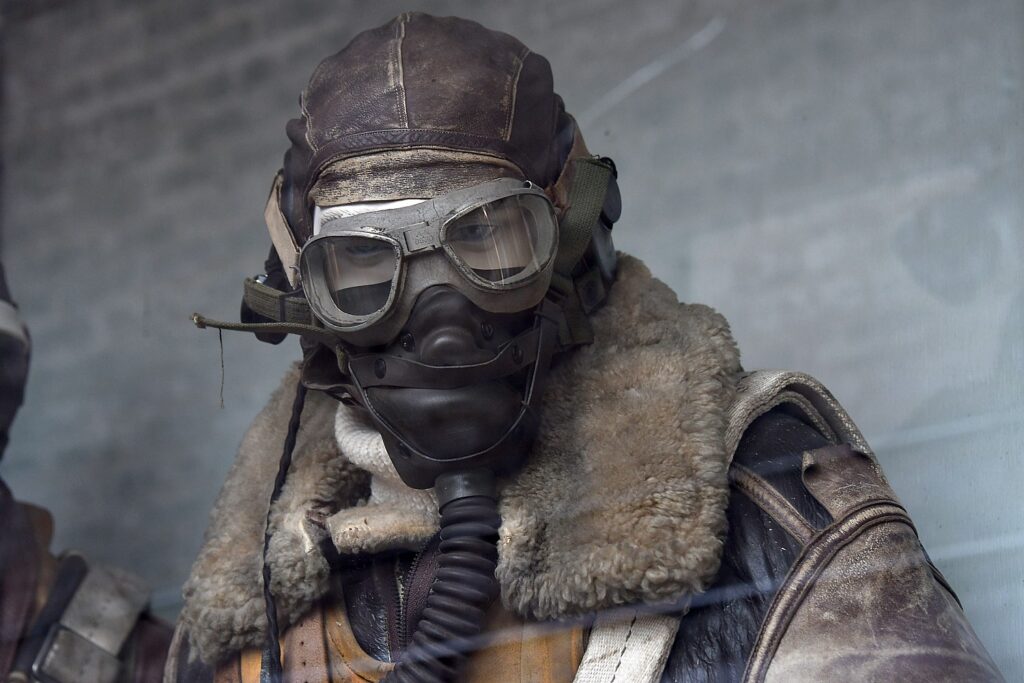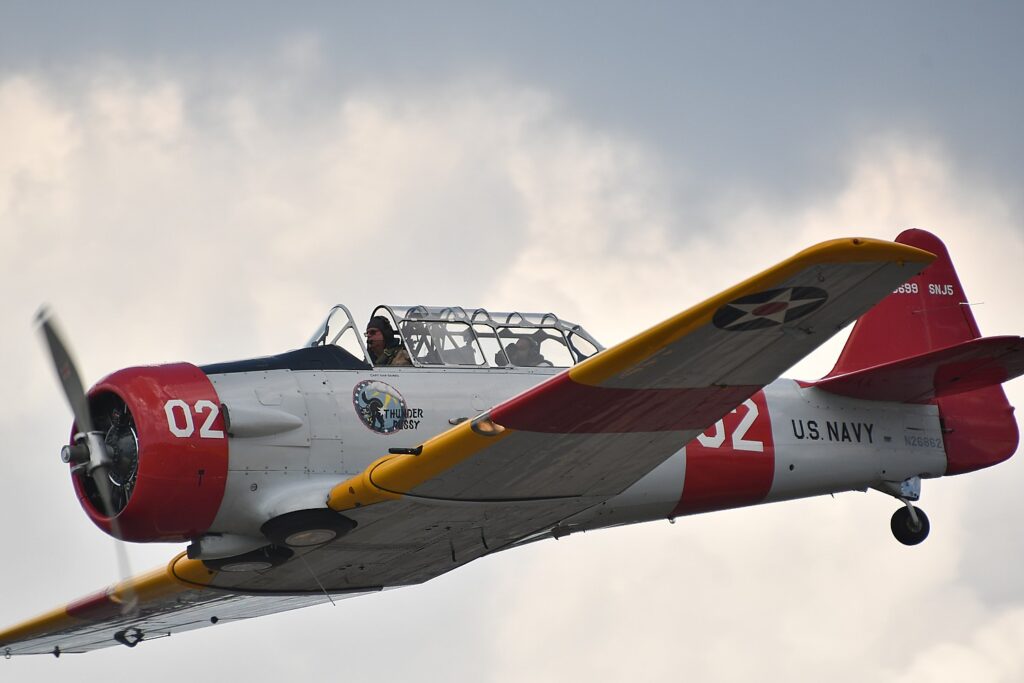
By Karen Rubin, Travel Features Syndicate, goingplacesfarandnear.com
Long Island is getting ready for its prime tourism season but with a set of unanticipated challenges: the virtual boycott by Canadian visitors, antagonism of Europeans, and Americans’ economic anxiety. This is where a professional tourism marketing organization rises to the fore, but this year, Discover Long Island will soldier on without Kristen Reynolds, CDME, who for the past 10 years has lead and reshaped it. (The organization has just appointed the current Board Chair Mitch Pally as Interim President & CEO as a search is underway for a new president and CEO.)
I’m betting that most Long Islanders do not understand the importance tourism plays in our economy and quality of life, and I am certain most do not understand what Discover Long Island does.
“It’s always a challenge to educate locals why tourism matters,” Reynolds said in a telephone interview just before her final day, April 25. “It’s not just about bragging. It’s about the economy. Long Island in particular has challenges understanding the true value to every resident. We’re lucky – our proximity to New York City, incredible beach locations insure the island will be busy during summer weekends.”
It helps having two major airports, Kennedy International Airport and LaGuardia, feeding into the region. Now MacArthur Airport in Islip is growing as well, giving Long Islanders to get to Florida in a hurry.” Discover Long Island’s task is to ”change the direction” and entice travelers to take advantage of the new routes to come to Long Island.
“We’re working closely, making strides to bring people in, as opposed to out – especially the international visitors who come through JFK. As a destination, we are lucky to have that feeder market – people don’t realize tourism is an economic strategy.” Most Long Islanders view tourists as a burden, overcrowding their beaches in summer. The task for DLI is to attract visitors “not just over summer weekends when the weather is good. There is so much to see and do across Long Island-, sea to sea, shore to shore. We want to welcome people when we want, so it would be more of a year-round strategy, and not such a burden on locals.”
Tourism is a $7.5 billion industry on Long Island – bringing 42 million visitors a year and supporting 76,000 jobs– and this is without a convention center, which Reynolds says is both the initiative she is most proud of bringing to the fore and most disappointed to be leaving unfinished.
Consider this: Chicago, where Reynolds will become the CEO and president of Choose Chicago (Discover Long Island’s counterpart) gets 52 million visitors a year with largest convention center in North America; her mission will be to develop more tourist traffic.
For Long Island residents, that $7.5 billion in visitor spending means $900 million in local and state tax revenues a year – paying for the public services, roads and infrastructure that contribute to Long Islanders’ quality of life. Visitor ticket and other purchases help sustain cherished sites as Old Bethpage Village Restoration, Cradle of Aviation Museum, the Long Island Aquarium, Montauk Point Lighthouse, Sag Harbor Whaling Museum, and Old Westbury Gardens for all of us.
Discover Long Island works with more than 660 tourism and hospitality partners across the region to promote Long Island as a premier year-round destination. These partners span every sector of the industry – from hotels and restaurants to cultural institutions, vineyards, attractions, transportation providers, and more, all collaborating to create a unified and impactful visitor experience.

“Tourism plays a vital role in sustaining cultural institutions like ours by bringing in visitors whose support helps keep our exhibits, marine life programs, and conservation efforts thriving,” said Executive Director of the Long Island Aquarium, Bryan DeLuca. “We are grateful for our partnership with Discover Long Island in helping make those visitor connections possible and consistently shining a spotlight on all our region has to offer.”
Tourism is a huge business for Long Island, but still all too seasonal and dependent upon leisure tourists. The task for a professional tourism marketing enterprise is to spread those visitors and visitor dollars around – something that was particularly attractive to Chicago in hiring her.
Over the past 10 years, she helped increase that tourism dollar spend by $2 billion from 2015’s $5.3 billion.“[Chicago was] very excited about what we’ve done over 10 years.”
But for the past year, those figures do not include Nassau County, since Nassau County Executive Bruce Blakeman pulled Nassau out of Discover Long Island and handed the $1 million per year contract to promote tourism (paid out of hotel tax receipts) to RRDA, a brand marketer with no tourism promotion experience. Instead, Nassau County attractions, hotels and restaurants have had to pay their own way to continue to benefit from Discover Long Island’s promotional activities.
“So many Nassau major attractions have opted to pay directly – they understand the value of Discover Long Island, the importance of being able to promote to a global audience, bringing visitors from outside the region, so they pay out of their own budgets,” Reynolds said.

Attractions that have opted to pay to stay part of Discover Long Island include the UBS Arena, Old Westbury Gardens, WildPlay at Jones Beach, Old Bethpage Village Restoration, the Children’s Museum, and Cradle of Aviation Museum.
Reynolds noted that individual attractions always paid, but now they must pay a higher fee than Suffolk County attractions pay. Indeed, Suffolk County now funds Discover Long Island $6 million (raised from its hotel tax receipts), up from $2 million while Nassau County only paid $1 million.

The money for tourism promotion does not come from county taxes but from the county’s hotel-motel tax, so is literally paid by the visitors that Discover Long Island drive into the hotels. Nassau had allocated 16.7% of its 3% hotel tax, while Suffolk allocated 24%. Suffolk has since raised its hotel tax to 5.5% and kept its allocation to Discover Long Island at 24%, capping the amount at $6 million.
How does Discover Long Island decide where and how to allocate that funding?
“We are a very data driven organization. We subscribe to proprietary data research which use mobile geo locators, tracking cell phone data…We have over 200 points of interest of Long Island attractions, business, and hotels across the island that we can pull reports on – that tell us the origin markets. We know where, when, and what travelers visit. It really helps us make strategic decisions that let us utilize dollars wisely for the highest return.”
She added, “I always have data – I don’t just make decisions based on gut or even historical expertise. I like to back that up with data and numbers and real reasoning. Everything we do, we do strategically. And then we track it, measure every campaign on what the ROI was, we track every dollar spent and how much we got back. We track everything. As a not-for-profit, we have to justify every dollar spent. And we’re happy to do that.”

She noted, “A key thing for Long Islanders to understand – as a report from Comptroller Dinapoli last year validates – the biggest economic impact from tourism is when the visitor comes from outside the region. For every $100 spent at a hotel, the visitor spends $221 in the local community. When we get people to stay in hotels, there is greater economic impact and lesser impact on residents’ quality of life – the fewer day trips, the less car traffic. It is an important strategy to make sure we know what markets [to pursue] for the largest economic impact for residents and visitors.”
And business travelers – especially convention and meetings participants – spend the most, with the least negative impact – a difficult task for Discover LI without an actual convention center and hotels large enough to accommodate big groups.
“This is the only market where people can attend a convention equidistant from the heart of Manhattan and the Hamptons. A convention center would be a game changer. I am confident it would happen.” So far, Suffolk County has been the most receptive, with plans to move forward with “Midway Crossing” at Ronkonkoma, next to MacArthur Airport. An RFP has just been reissued.
“It’s the #1 thing that will change the trajectory of our tourism industry. Right now, we are mostly a leisure destination, and depend on weather, weekends, beaches, but the business traveler would come Monday-to Friday, on expense accounts, year-round. A convention center would host 3000-5000 attendees, in industries that will be looking at what’s happening here in tech, science, education. How we raise the intellectual capital of a destination is by bringing 3000-5000 colleagues. Conventions book years in advance, so it is business on the books. And that’s how we drive airlift at Long Island’s MacArthur Airport. We would get new direct routes. Conventions are a completely different audience that we are not tapping into now because we don’t have the meeting space or the hotels.”
Long Island could then tap into meetings, conventions, associations business from DC, Philadelphia, Boston, and NYC. The economic impact a convention center would generate is estimated upward of $88 million a year in tax revenue.
But, to host conventions and meetings, she said, “We need the hotel rooms. We’re losing that revenue to New York City. At Discover LI, we turn away business every day because they want 200-300 rooms for a corporate retreat getaway from Manhattan and we don’t have the hotel space.”
The Nassau Coliseum could have been a viable option, but Ronkonoma is a better transportation hub with the airport and the Long Island Railroad (they are now talking about Amtrak extending to Ronkonoma).
She supported the Las Vegas Sands Casino development because it is a world-class operation. (Since our conversation, the Sands announced it was pulling its application for a casino and looking to resell its lease.)
But promoting “Long Island” now, means promoting Suffolk, since Nassau County left the regional promotional organization.
“One thing we’ve struggled with and insured, is to keep the brand of ‘Long island’,” Reynolds said. “If we’re going to talk to people from outside the region, they only know us as Long Island, not two counties. Visitors don’t know the difference [not even Long islanders know what sites are in which county. Indeed, most tourism promotional agencies are regional because they can maximize the impact of their limited budgets.

“Most of the Nassau attractions still are part of what we do as Discover Long Island – but it is confusing when people call for information for certain hotels or visitor opportunities and we have to say we no longer represent Nassau County. We tell them to call the Nassau County parks department which oversees the contract. But the fact is now Nassau is in competition with Suffolk.”
[Also, people know to search for “Long Island,” but not specifically Nassau County, and when they do a search for Nassau, they wind up at Nassau, Bahamas, or Nassau, Florida.]
“We did a perception study in 2017 which confirmed, ‘Long Island’ is the brand people know. Economically, we operate as one region – all the other economic development agencies are regional – Vision LI, Association for a Better Long Island, the Long Island Association. There’s a reason: because Long Island is the brand.”
The prestigious Ryder Cup, one of the biggest events taking place, is a huge opportunity for tourism promotion, expected to draw people from all over the globe in September to Bethpage State Park. Interestingly, three of the holes are in Suffolk. [Because Bethpage is a state park, the event is benefiting from support from the state’s I Love New York tourism promotion.]
The week-long Ryder Cup is expected to draw 250,000 attendees, but because of the lack of hotel rooms on Long Island, the vast majority will stay in New York City, and come to the event by Long Island Rail Road and shuttle. Discover LI is already working with the LIRR and contracting shuttle companies.
“We’ve been working with the PGA for years in preparation for the Ryder Cup. We created a Discover LI mobile app specifically for the Ryder Cup. Many will be here for the first time, and even if they not staying on Long Island, they will use the mobile phone to find where to eat and shop from website. The app will be part of the PGA Ryder Cup app, so attendees will find Discover Long Island.”
Discover LI will also be advertising on all the LIRR trains and working with shuttle companies on “inspiration guides,” inspiring people to stay over before or after the event, or just go to a restaurant, museum, or have a Long Island experience in Suffolk, or at the Nassau County attractions that are paying their own way to be part of Discover Long island.
This year also marks the 100th anniversary of F. Scott Fitzgerald publishing his era-defining novel, “Great Gatsby,” largely based on his time living in Great Neck.
Discover Long Island has been promoting the Gatsby 100th globally for a year, including partnering with the “Great Gatsby” show on Broadway and in London), with social media partnerships, and tie-ins with the Simon & Schuster publisher and Gatsby-era mansions, “to make sure people know Gatsby is Long Island.”

Places like Oheka Castle, in Huntington, the Gatsby-era mansion (now a hotel) that was featured in Baz Luhrmann’s 2013 movie, “The Great Gatsby,” are reaping the benefit. Indeed, the state’s I Love New York tourism promotion agency is hosting a dinner with international travel writers at the Oheka. “That’s what they will write about: the Great Gatsby in Suffolk.”
“Discover Long Island is taking the lead to market these wonderful opportunities. People find out where to book, where to stay, through Discover Long Island.”
Successful tourism promotion depends on collaborations, partnerships. Discover Long Island works with the state’s I Love NY, which has provided a $1.7 million economic development grant and $250,000 in Market New York matching grant for the Ryder Cup.
Reynolds, who served as president of NYS Destination Marketing Organizations (NYSDMO) and on the board of the Long Island Association, knows well that tourism promotion also drives economic development.
Reynolds said that Discover Long Island incorporated an AI chatbot onto Discover LI’s website. “It had to be on brand,” so they created LILI, an iconic Long Island ice cream truck. “Now you can go to DiscoverLI.com, see LILI as a chatbot and can ask questions. We spent 6 months training her, with all sorts of crazy questions so the chatbot could learn.” Now they are making sure “she” can speak multiple languages.
When Reynolds arrived 10 years ago, she re-branded the Long Island Convention & Visitors Bureau & Sports Commission as Discover Long Island, “one year to the day” of her arrival.
“Nobody thought it was bad until I came. ‘Discover Long Island’ is a great call to action.”
Tourism spending increased, breaking records year over year. “We navigated through the pandemic and was one of the first destinations to recover. We won national and global awards for marketing strategies [including “Best Social Media” in the nation by the US Travel Association] and got funding for Long Island’s first convention center which will be the game changer. So over the past 10 years, I have done what I could do….I have nothing but wonderful things to say about my experience on Long Island – such an incredible destination.
Her own experience raising her family on Long island is how she came up with the tagline, “Long Island, where you belong”. “Long Island is welcoming, belonging, so diverse, eclectic end to end. It, My children are proud Long Islanders. I hope every Long Island resident realizes what a beautiful, wonderful destination we have and how lucky we are to have this wonderful tourism destination.”
“Kristen Reynolds had taken Discover Long Island to new heights and amplified its impact exponentially, and Mitch Pally’s extensive experience in economic development will serve the organization well as we search for a new leader to build upon the foundation Kristen established,” said Long Island Association President & CEO and DLI Board Member, Matt Cohen.
“Adventureland has proudly partnered with Discover Long Island for many years, and we’ve never been more confident in the organization’s future,” said Steve Gentile, President of Adventureland. “The DLI team’s commitment to collaboration, innovation, and community makes us proud to stand alongside them during this next phase.”
Marking National Travel & Tourism Week
“The numbers speak for themselves; tourism isn’t just about vacations, it’s about the community, the connections, and impact that ultimately enhances quality of life for our local businesses and residents,” said Discover Long Island Interim President & CEO, Mitch Pally. “What we do fuels the spirit of Suffolk County and the greater Long Island region, and National Travel and Tourism Week is the perfect opportunity to recognize the value of the travel industry as a whole, both locally and nationwide.”
Suffolk County, home to some of Long Island’s most iconic destinations, continues to see the benefits of Discover Long Island’s robust tourism initiatives.
“Tourism is an important part of Suffolk County’s economy and community identity,” said Suffolk County Executive, Ed Romaine. “This week and beyond, we recognize the significant contributions of the individuals and businesses who support our local tourism industry and help showcase the many attractions that make Suffolk County a sought-after place to visit year-round.”
Long Island’s tourism success is part of a larger national picture. Across the U.S., according to the U.S. Travel Association, travel supports 15 million American jobs, fuels $2.9 trillion in total economic output, and saves each American household an estimated $1,490 annually in taxes through travel-generated revenue.
“Travel is one of our nation’s most powerful economic engines – supporting millions of jobs, fueling businesses and propelling industries forward,”said U.S. Travel Association President and CEO, Geoff Freeman. “National Travel and Tourism Week reinforces the pivotal role travel plays in building a stronger, more prosperous America.”
To stay up to date on Discover Long Island’s efforts, visit discoverlongisland.com.
USAF Thunderbirds Headline Memorial Day Weekend FourLeaf Air Show at Jones Beach
US Air Force Thunderbirds will headline the FourLeaf Air Show at Jones Beach State Park, Long Island, for Memorial Day weekend, May 24-25, 2005, 10 am-3 pm. Download the FourLeaf Air Show Mobile App for performer and sponsor information, a site map, helpful FAQs to prepare. Text ‘Airshow’ to 516-842-4400 to download or get from the App Store and Google Play © Karen Rubin/goingplacesfarandnear.com
_____________________
© 2025 Travel Features Syndicate, a division of Workstyles, Inc. All rights reserved. Visit goingplacesfarandnear.com and travelwritersmagazine.com/TravelFeaturesSyndicate/. Blogging at goingplacesnearandfar.wordpress.com and moralcompasstravel.info. Visit instagram.com/going_places_far_and_near and instagram.com/bigbackpacktraveler/ Send comments or questions to FamTravLtr@aol.com. Bluesky: @newsphotosfeatures.bsky.social X: @TravelFeatures Threads: @news_and_photo_features ‘Like’ us atfacebook.com/NewsPhotoFeatures


